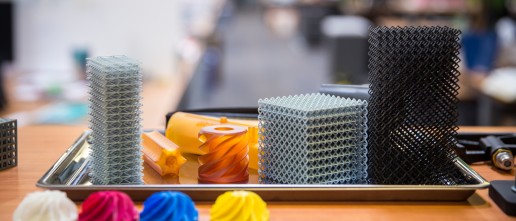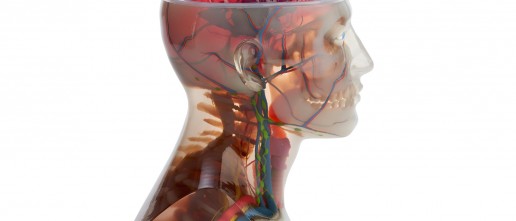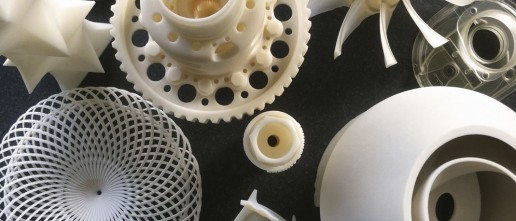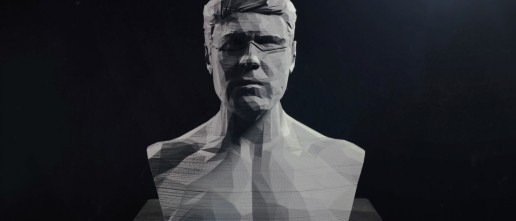The technologies we use
We take care of the realization of prototypes of objects for designers, companies, technical studios and artists. The now consolidated 3D printing techniques are getting richer with more performing materials from the mechanical point of view and more “finished” in surface, always maintaining their typical speed of execution. The knowledge and the choice of the most appropriate technologies to use, allow us to build also very complex prototypes, with different features.
Stereolithography SLA
If you are looking for a high accuracy in realization and excellent surface finishes already by machine, it is available stereolithography which, with its many years of presence on the market, is a guarantee of quality for newly developed products. The thus created objects can be refined in order to be exposed at trade shows or presentations of various types.
Thanks to the high precision of the technology and the minimum resins withdrawal in the production phase, stereolithography is ideal for assembly verifications.

Polyjet – Objet
A recent and already widely used technology consists in the solidification of the photosensitive layers of resins through special UV lamps. With this system it is possible to produce prototypes with a good quality/price ratio, by managing multiple materials on the same printer. In fact is possible to obtain molded elements directly fusing together rubber parts and rigid parts, or transparent parts with high-temperature resistant parts. According to your own needs you can customize the production of an object at a time or even of a small series, with density of specific materials for each element.

Sintering – Selective Laser Sintering SLS
The sintering of powders exploits the thermal properties of the nylon to build layer by layer what has previously been drawn to computer. The powders may be added with glass fiber, aluminum or carbon powder, to progressively increase the mechanical strength and temperature features. The cost is very low, especially if you want to make a small series of elements.
It’s also possible with the same technology exploit powders of aluminum, titanium, steel, cobalt-chromium, bronze and produce with very high specific resistances.
Thanks to a series of recent printers, you can create elements from gypsum powder that is colored directly in the printing phase. You can then assign a specific color to an element or you can for example apply a texture or image using the 3D mapping with specific software.

Fused Deposition Modeling FDM – FFF
The most common among 3d printing technologies, the one related to strand of material can be very useful when looking for a good price or when for special needs you should use the final material required in production. There are available materials such as ABS, PC, PC – ABS, NYLON, ULTEM, PPSF, ASA.

